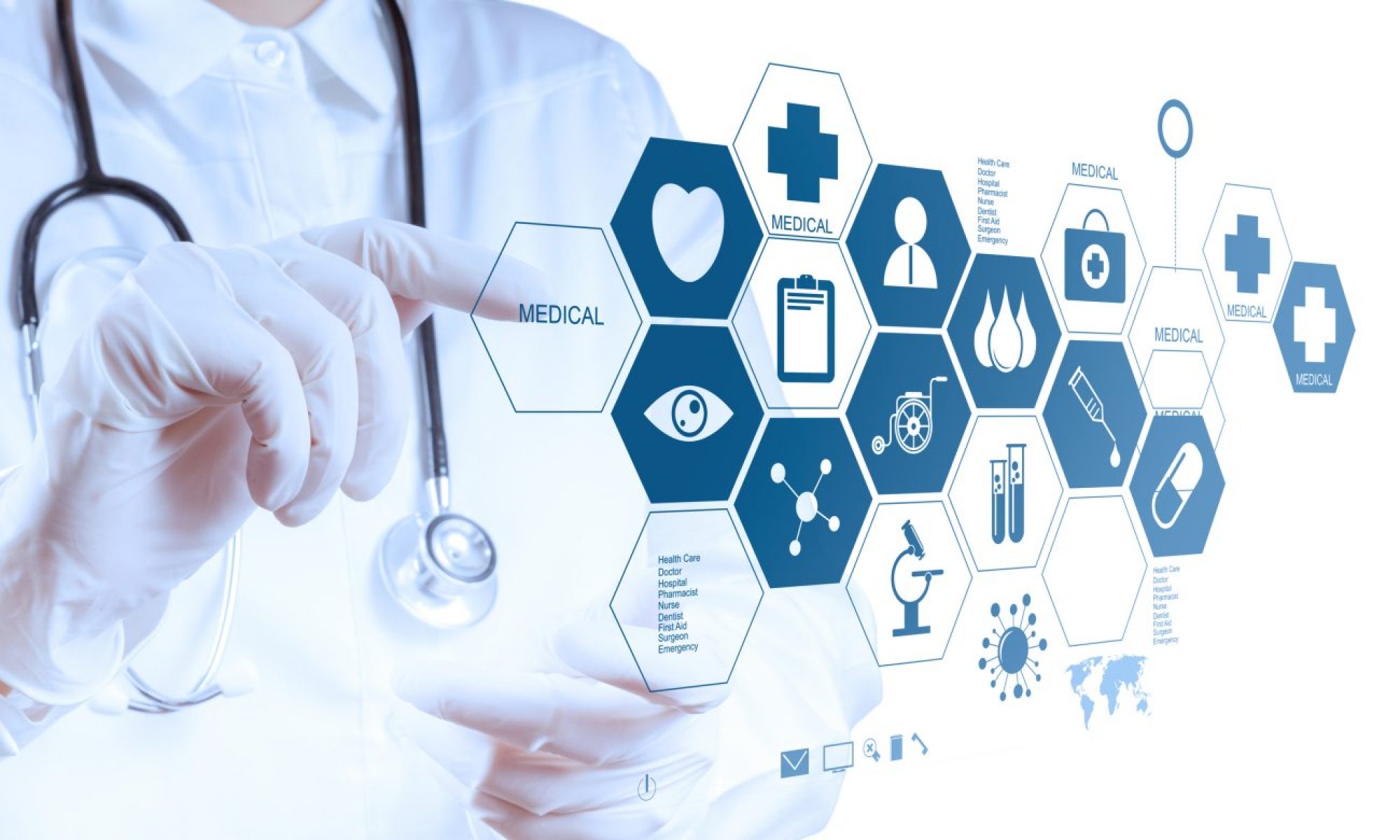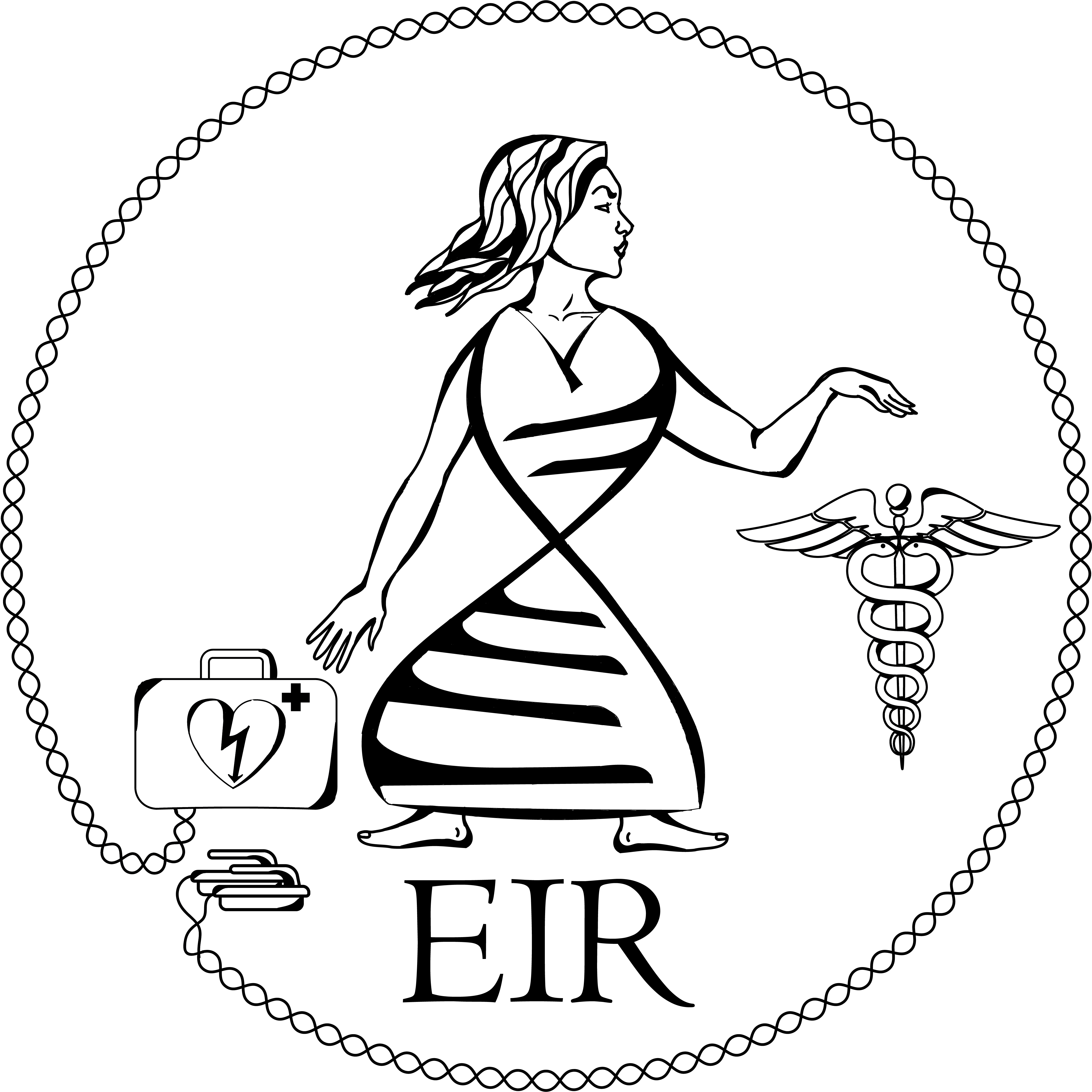It was Thursday the 17th of May. On this beautiful sunny day, 12 students of Master Association EIR gathered at the University to go on an Excursion. This time, it wasn’t in the Netherlands but in Germany! At 1pm, two small vans started heading towards Jülich Forschungszentrum, translated: Jülich Research Institute. After a sunny road trip of around 1:15h, we arrived at their huge campus having all an idea of going onto vacation driving through Germany with this great weather.
Once we collected our visitor passes we headed to the designated building where we were received by Irina Tihaa. Irina is doing her 3-year PhD at Jülich where she did research to the neural network by measuring the activity of neurons using 64 elektrodes of around 2 micrometer. Irina gave us a general presentation about the research institute. There are around 6000 employees working on a campus that has an area of 2.2km2(!!). Of these 6000 employees, around 2200 employees are scientists doing research in 10 different institutes. Every institute has between 3 to 11 subsections. The main three research areas are energy, information and sustainable bio economy. For us, as students from Master Association EIR, the information area is most interesting since they focus here on neuroscience, how information is processed in the brain and other biological cells and supercomputing and simulation science. Some key words in this area are bioelectronics, Human Brain Atlas and Modelling, Supercomputers, Signal Transduction, Resistive Storage, Spintronics and GMR.
Fun fact about the GMR division, Peter Grünberg, professor and researcher at the Jülich Research Institute received a Nobel Price for Physics in 2007 for his discovery of the Giant Magnetoresistance Effect (GMR). This effect is seen in ferro materials, where the electrical resistance decreases rapidly under the influence of a magnetic field.
After the general presentation, Henning Eggert, employee of the Human Resources department told us more about the career possibilities. For example, they have PhD positions available but also positions where you can do your master- or even bachelor thesis.
Next on the program was the visit to the Institute of Neuroscience and Medicine, Nuclear Chemistry. This was lead by prof. dr. Johannes Ermert. He showed us the cyclotron that will be used to create radioactive isotopes that are attached to molecules which are subsequently injected to patients that are be detected by nuclear imaging techniques. For example, 99mTc-HMPAO (hexamethylpropylene amine oxime) is a gamma emitting compound that can be taken up by brain tissue in a manner proportional to brain blood flow and thus allowing to imaging the cerebral blood flow. The cyclotron that he showed is was a great and complex machine and prof. Ermert explained all the ins and outs of it. Because this cyclotron produces radio active materials, the outside world needs to be shielded of when operating. Therefore, the walls are around 2.5m thick which is immense! The door that shuts the entrance has the same size as you can see in the pictures.
When this tour was over, we started our walking tour over the campus while Irina told us a lot of things about the institutes we were walking by. They even had greenhouses to study plants and a large balloon thingy to study the atmosphere. We stopped and entered the Jülich Supercomputing Centre where Irina showed us an area with a lot of super computers. In 2016 they received the award of having the world powerful supercomputer facility in the world. Nowadays, these computers can operate with 12 million billion operations per second (12-petaflop)!
Finally, Irina showed her office and told us more about her research she has been doing in her Institute of Complex Systems, focussing on bioelectronics. It is about measuring activity of in vitro neural networks with very small (micrometer) electrodes.
After the inspiring walk (of about 6km), the tour was over and the Eindhoven students returned back to their own country. Luckily, there were no traffic jams and we could still enjoy the BBQ that a committee of Thor had organised.
>> Jasper Sleumer, Secretary of Master Association EIR
[ngg_images source=”galleries” container_ids=”9″ display_type=”photocrati-nextgen_basic_thumbnails” override_thumbnail_settings=”0″ thumbnail_width=”240″ thumbnail_height=”160″ thumbnail_crop=”1″ images_per_page=”0″ number_of_columns=”0″ ajax_pagination=”1″ show_all_in_lightbox=”1″ use_imagebrowser_effect=”0″ show_slideshow_link=”1″ slideshow_link_text=”See Slideshow” template=”default” order_by=”imagedate” order_direction=”DESC” returns=”included” maximum_entity_count=”500″]



